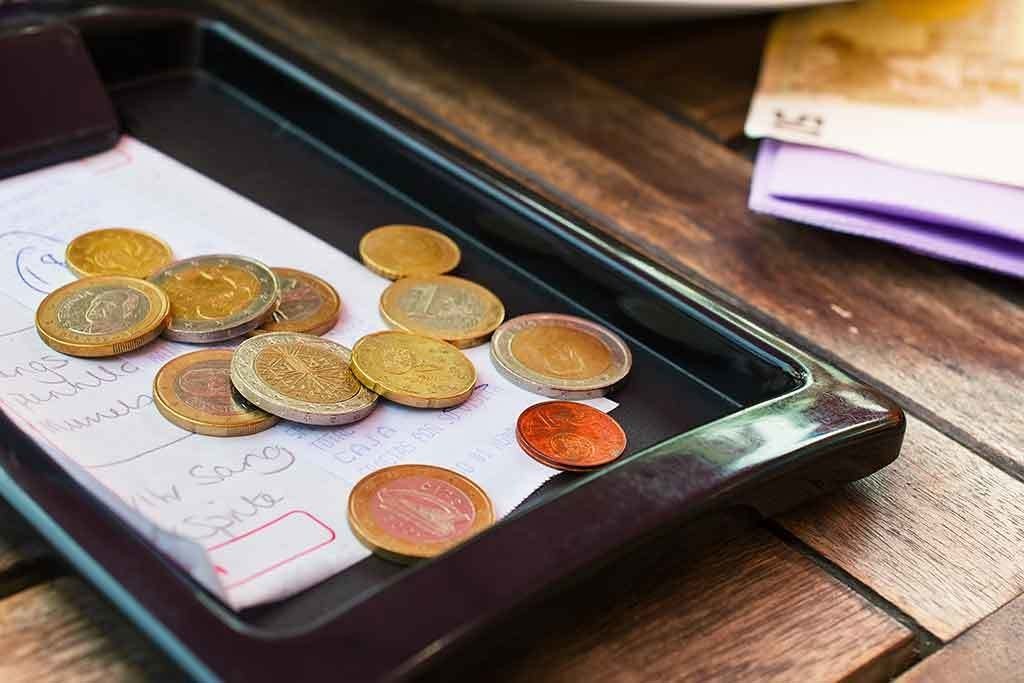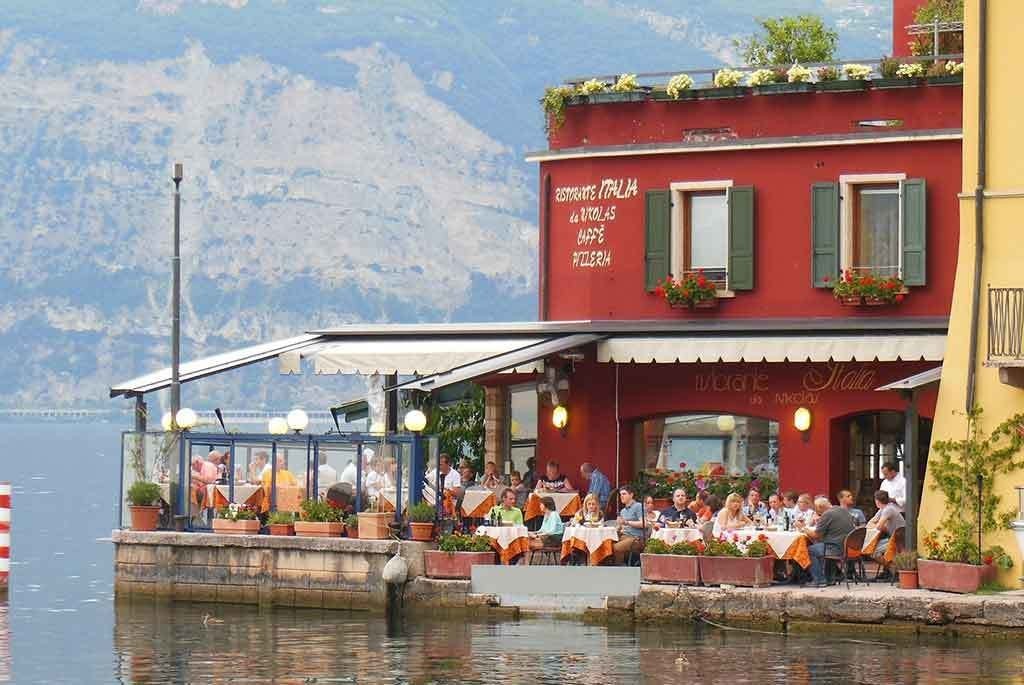Whether you are traveling to Italy to seek romance under the Tuscan sun, view 16th century Renaissance art in hushed galleries, eat amazing pasta in trattorias located in cobble-stoned alleyways, or to simply soak up la dolce vita in all its sun soaked intensity, there is no doubt that Italy is justly famous for its art, history and cuisine.
However, many visitors are taken in by the false familiarity of seeing spaghetti or lasagna on the menu and expect the same watered down Italian culture that they experience at home. Traveling in Italy is the real McCoy and there are a few tips and tricks that every visitor should know.
1To tip or not to tip

In many Italian restaurants, a „coperta“ is often added to the bill. This is the cover charge and usually ranges from €2 to €4 in most places. A service charge is also sometimes added to the bill. This is not compulsory. Tipping on top of the total bill is unnecessary; though rounding up the bill to the nearest dollar is appreciated.
2 Ordering food

Italians take food very seriously and although eating a slice of pizza on the go is acceptable, the sit-down dinner is sacrosanct and is not an event to be rushed. A full feast starts with the antipasti, often cold roasted vegetables like peppers or mushrooms, then a “primi” of pasta or pizza. Many tourists only eat a “primi” for their meal – if you are after a snack, stop by a pizzeria instead.
The “contorni”, or sides follow, then the “secondi”, or main dish. This is usually a meat dish of chicken, fish or lamb. Lastly the “dolci”, or dessert, is served, often with a cup of coffee.
3Ask for the bill

Unlike in America, waiters will not bring you the bill unless you ask for it. This is not a sign of bad service. Rather, Italians like to linger over their meals and bringing the bill unasked for in Italy is a thinly veiled way of asking patrons to leave as soon as possible. Waiting patiently for service will also usually not yield results. Instead, ask for attention with a polite „Scusa“ as your waiter walks by.








